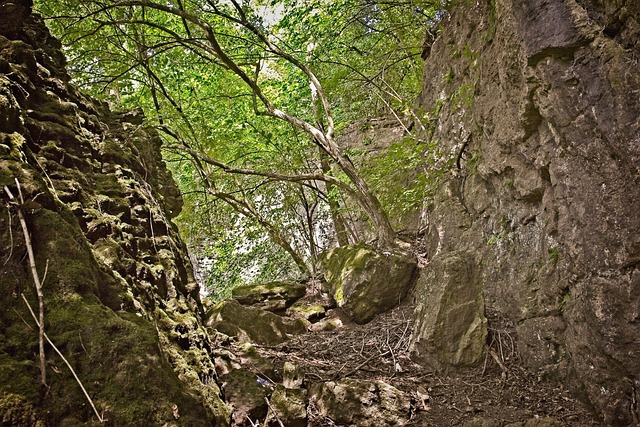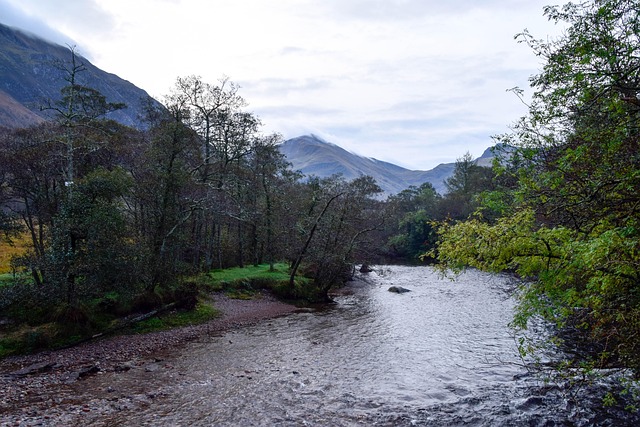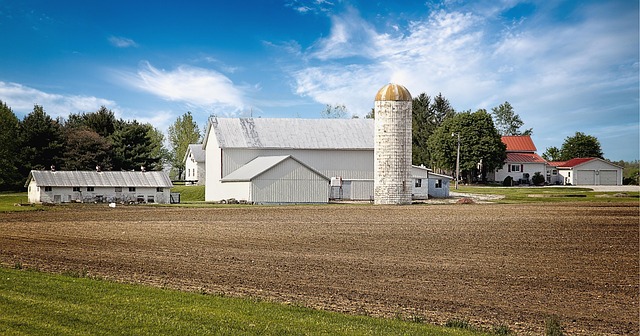Railway hubs, with their scenic routes and bustling activity, are attractive for real estate investors due to strategic locations in vibrant cities or picturesque landscapes. Mixed-use properties blending urban living with transportation access are key selling points. Historical architecture and convenient public transportation enhance these areas' appeal, promoting sustainable living preferences. Integrating scenic train tours can boost urban aesthetics and property values, transforming metropolises into vibrant destinations. Careful planning, focusing on functionality, aesthetics, and sustainability, is crucial for successful development around railway hubs, fostering efficient transportation and community engagement.
“Discover the allure of railway hubs as dynamic real estate investments, where scenic trains meet urban development. This article explores the growing trend of integrating historic rail lines into vibrant communities, attracting investors and transport enthusiasts alike. From planning train-centric developments to enhancing urban landscapes, we delve into the strategic design considerations that transform former railway corridors into thriving spaces. Explore how these projects not only revitalize areas but also offer unique real estate opportunities.”
The Appeal of Railway Hubs for Real Estate Investors
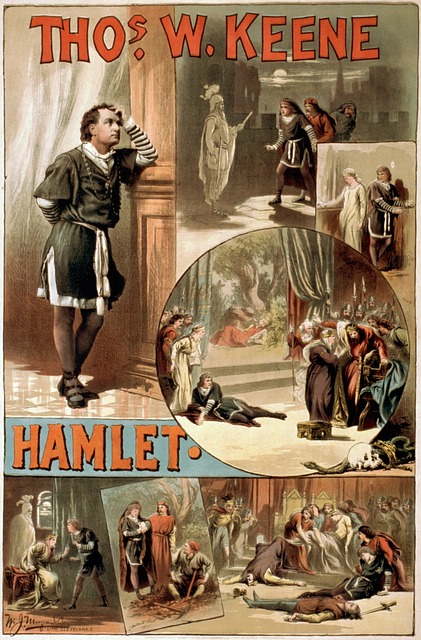
Railway hubs, with their bustling activity and scenic routes, offer an irresistible allure for real estate investors. The strategic location of these stations often places them at the heart of vibrant cities or picturesque landscapes, making them highly desirable for both residential and commercial developments. Investors recognize the potential for creating mixed-use properties, blending urban living with easy access to transportation, a key aspect that appeals to modern buyers and tenants.
The unique atmosphere and history associated with railway hubs add to their charm. Many stations are architectural gems, featuring historic designs that contribute to the local character and heritage. These characteristics create opportunities for developers to curate distinctive communities, attracting those seeking not just accommodation but also an immersive lifestyle. Moreover, the convenience of public transportation encourages a reduced car dependency, aligning with sustainable living preferences and making these real estate ventures increasingly attractive.
Integrating Scenic Trains into Urban Landscapes

Integrating scenic trains into urban landscapes offers a unique opportunity to enhance both the aesthetic appeal and real estate value of city centers. These heritage-inspired rail services, with their charming vintage carriages and winding routes through picturesque surroundings, can transform bustling metropolises into vibrant destinations. By incorporating scenic train tours as part of a city’s transport network, local authorities can create a sense of place and allure that attracts residents and visitors alike.
The presence of scenic trains can invigorate urban areas, encouraging foot traffic along routes that might otherwise be overlooked. This, in turn, can revitalize nearby businesses and stimulate economic growth. Moreover, the integration of such services into city planning can foster a connection with nature, offering commuters a tranquil escape from the hustle and bustle of everyday life. This blend of history, culture, and transportation promises to enrich urban experiences while potentially boosting property values in areas that embrace this innovative approach.
Planning and Design Considerations for Train-Centric Developments
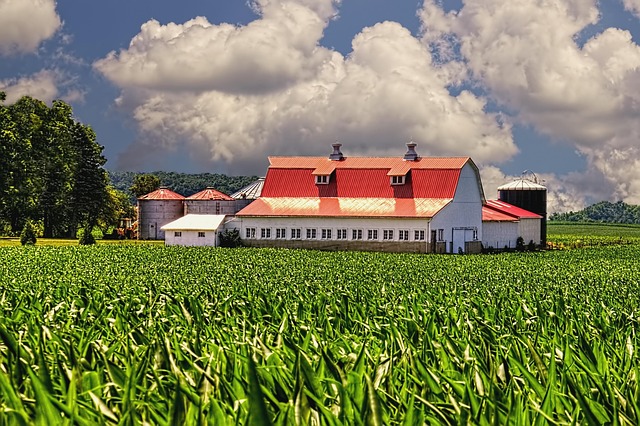
When developing around a railway hub, careful planning and design are essential to create harmonious train-centric communities. Integrating real estate projects with the existing transportation infrastructure requires strategic thinking. Architects and urban planners must consider factors like track layouts, passenger flows, and noise levels to ensure that developments enhance the overall experience of commuters without causing disruptions.
The key to successful integration lies in designing accessible public spaces that cater to various modes of transport. This includes well-connected walkways, cycling lanes, and pedestrian areas that encourage intermodal travel. By prioritizing functionality, aesthetics, and sustainability, developers can create vibrant hubs that not only support efficient transportation but also foster a sense of community among residents and visitors alike.
